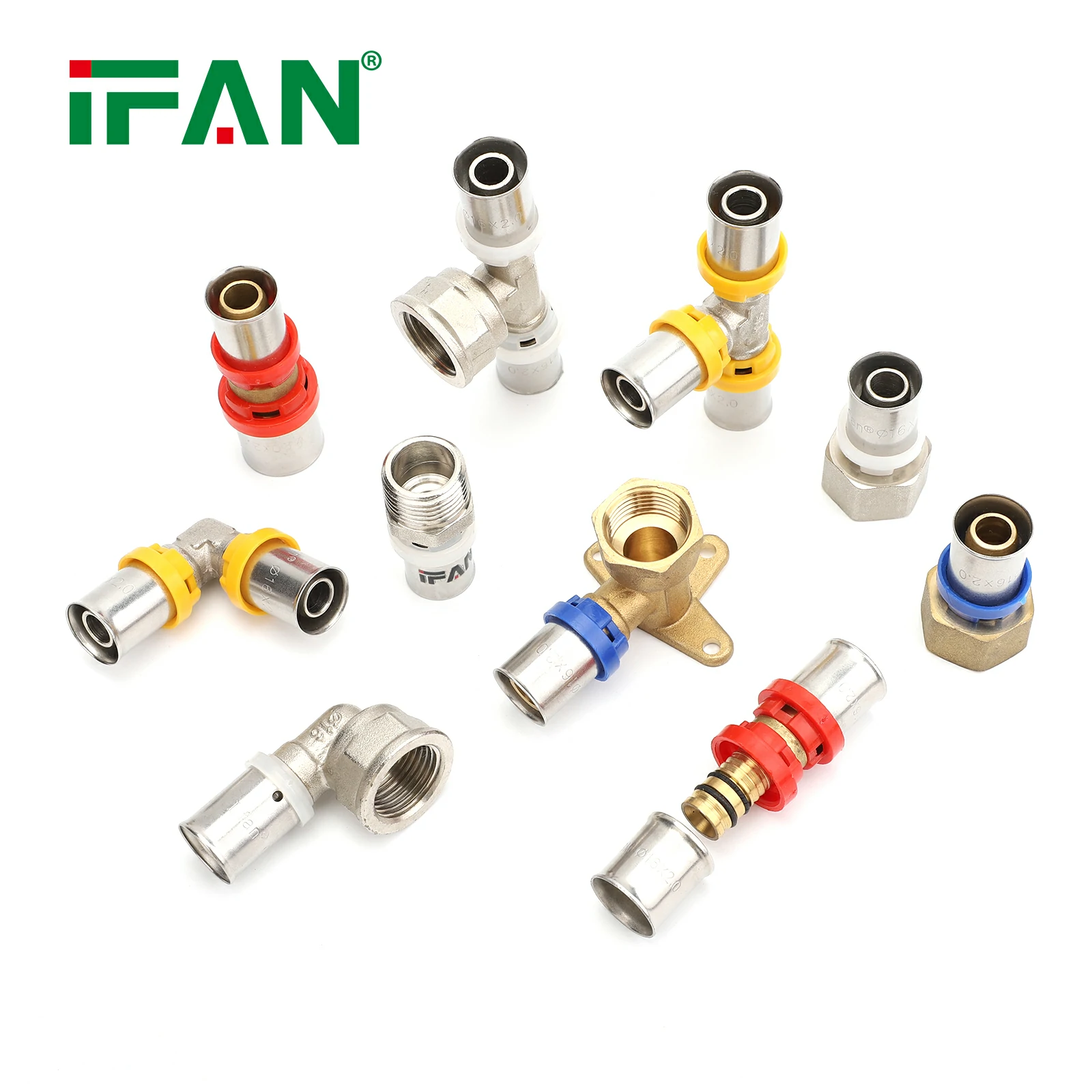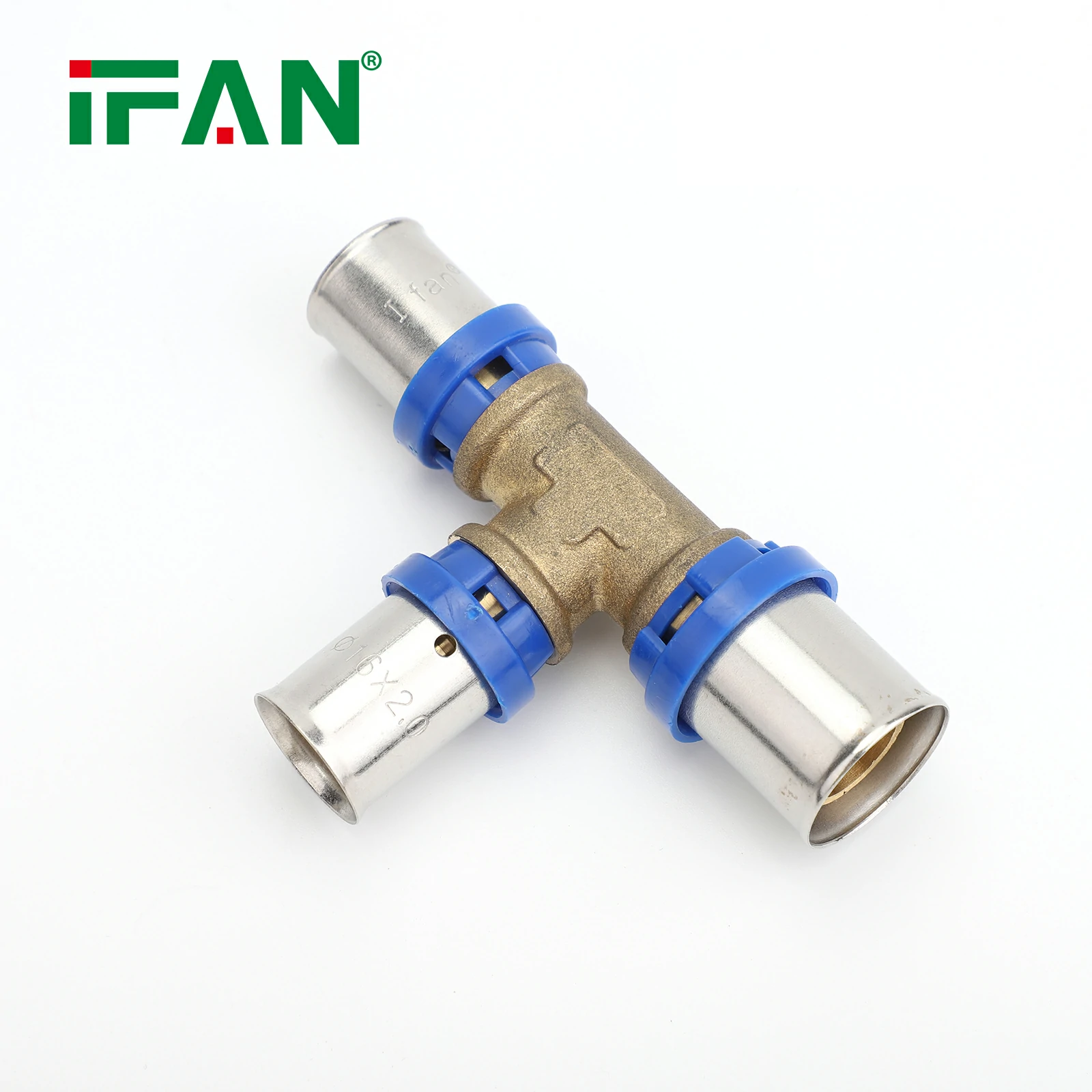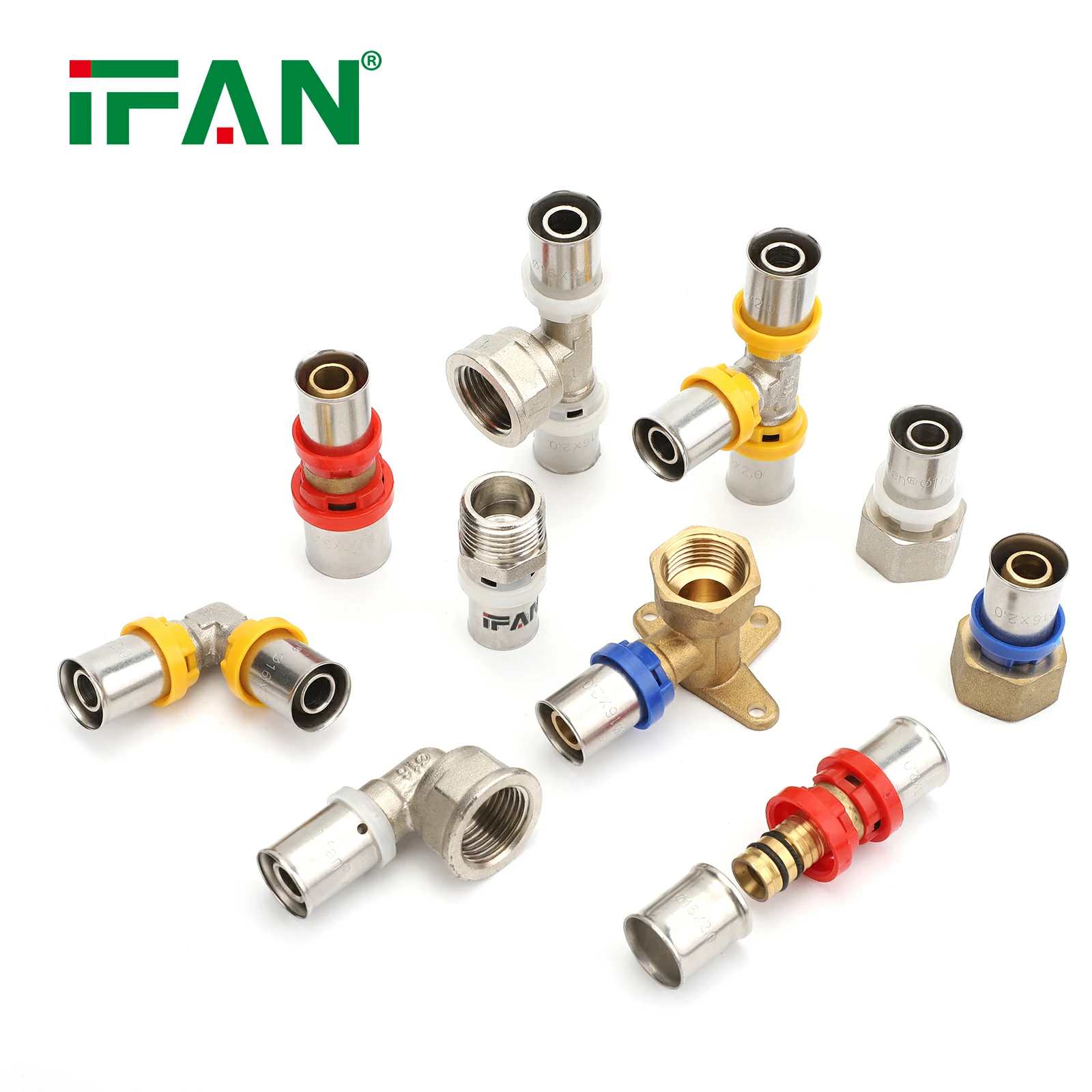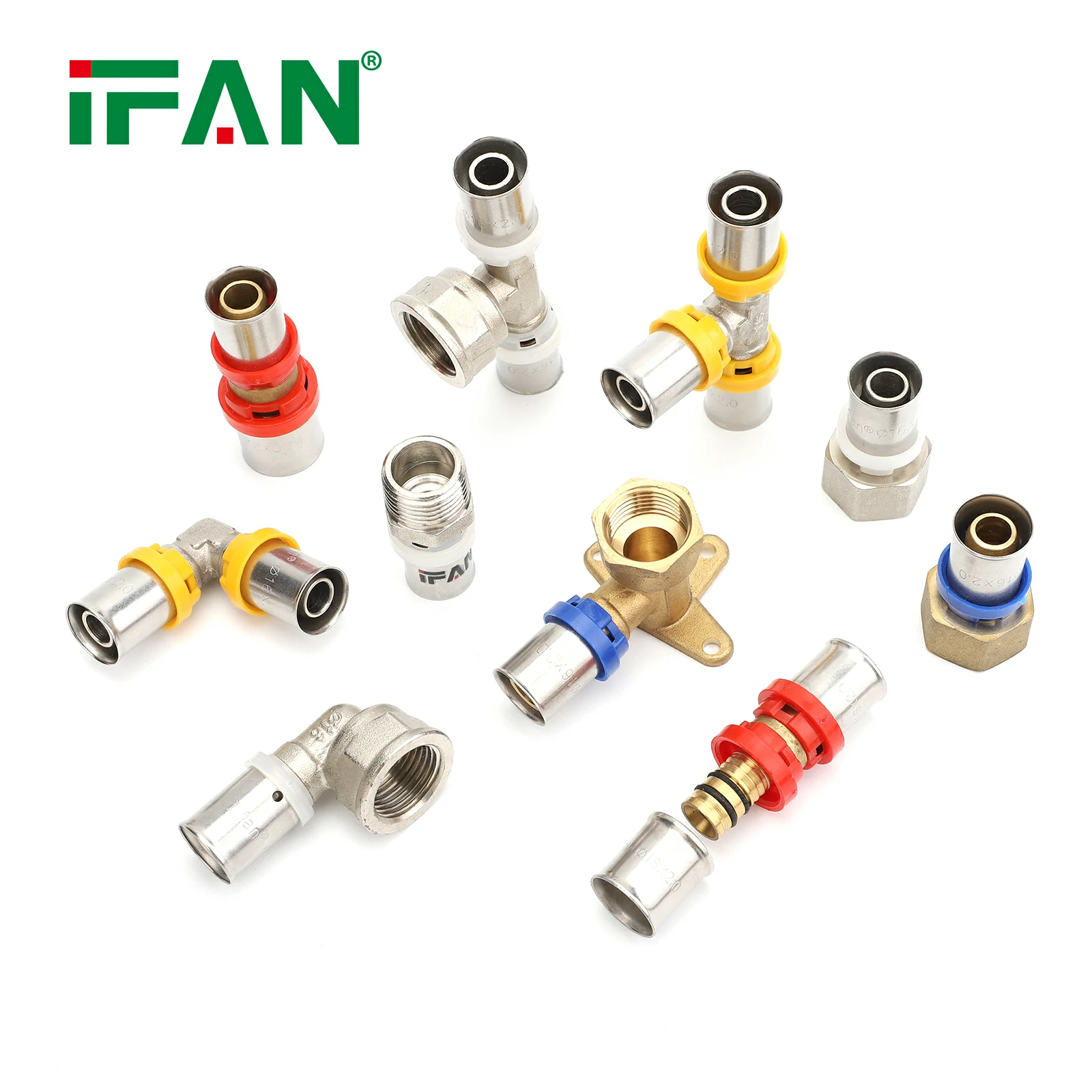Introduction
In a heart-stopping rescue operation, a toddler was saved after falling into a PVC pipe in a dramatic turn of events that highlighted both the challenges and risks posed by improperly secured infrastructure. This incident, while ending in relief, sheds light on the broader implications of PVC pipes in urban and rural settings, emphasizing the need for safety and proper usage. In this article, we explore the details of the rescue, the significance of PVC pipes in daily life, and steps to prevent similar incidents in the future.
The Incident: Toddler Falls into PVC Pipe
What Happened?
The accident occurred when a toddler was playing near a construction site where PVC pipes were stored. One pipe, left unsecured and partially installed, became a trap when the child accidentally fell inside. Due to the pipe’s smooth surface and narrow diameter, the child was unable to climb out, leading to an immediate call for emergency services.
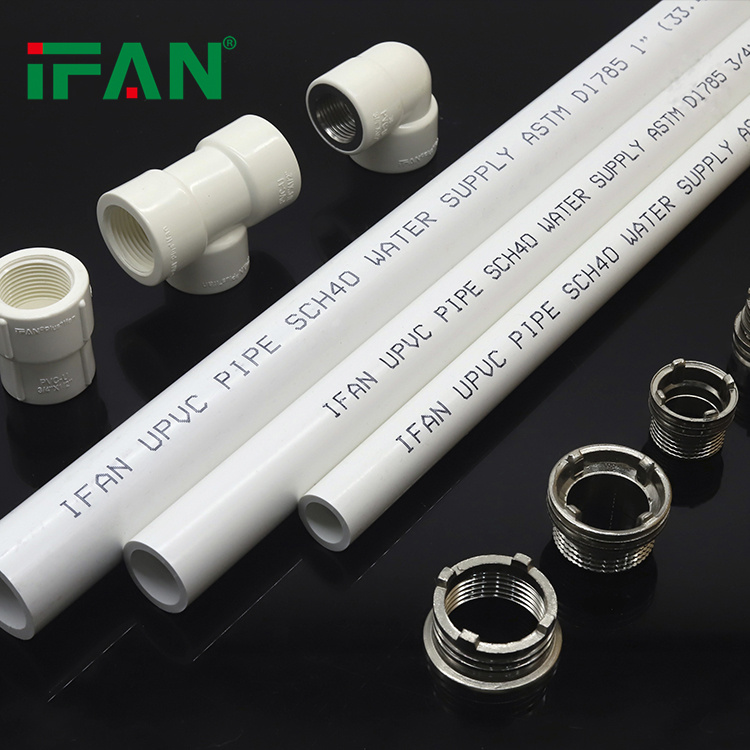
The Rescue Operation
Rescuers worked tirelessly, carefully cutting through the PVC pipe without causing harm to the trapped toddler. Their quick thinking and the manageable properties of PVC material, which is lightweight and easy to cut, played a pivotal role in the successful operation. After several tense hours, the child was freed, uninjured but shaken.
Importance of PVC Pipes in Modern Infrastructure
PVC pipes are ubiquitous in urban and rural environments, prized for their versatility and durability. They serve critical roles in:
- Water Supply Systems: Delivering clean water to homes and businesses.
- Drainage and Sewage: Efficiently channeling waste and stormwater.
- Irrigation: Supporting agriculture with durable and long-lasting solutions.
- Electrical Conduits: Protecting wiring in buildings and infrastructure projects.
While their benefits are undeniable, incidents like this highlight the need for secure installation and proper handling to prevent accidents.
Risks and Challenges of PVC Pipe Usage
1. Improper Storage and Installation
Unsecured pipes at construction sites or poorly installed systems can create hazards for people, particularly children.
2. Open Ends and Accessibility
PVC pipes often have open ends, which, if left exposed, can become traps for animals or even small children.
3. Lack of Awareness
Many accidents stem from a lack of public awareness about the potential risks associated with infrastructure components like PVC pipes.
Preventive Measures for PVC Pipe Safety
1. Secure Storage
PVC pipes should always be stored in designated areas with restricted access, especially in construction zones.
2. Proper Installation
All pipes should be installed securely, with open ends sealed or capped to prevent entry by foreign objects or individuals.
3. Signage and Awareness
Construction sites and areas using PVC pipes should have visible warnings to deter unauthorized access.
4. Periodic Inspections
Regular inspections of PVC installations can identify and address potential hazards before accidents occur.
5. Community Education
Educating the public, especially parents and caregivers, about the risks of unsecured infrastructure can prevent similar incidents.
Benefits of PVC Pipes in Emergencies
Ironically, the same properties that make PVC pipes versatile in construction also facilitated the rescue operation.
- Lightweight Material: Easy to handle and move during emergencies.
- Cuttable Surface: Rescue teams were able to cut through the pipe without risking injury to the trapped child.
- Durability: Despite the incident, the pipe’s structural integrity allowed rescuers to work safely.
These attributes reinforce why PVC pipes remain a favored material across industries, even as safety concerns are addressed.
Learning from the Incident
The toddler’s rescue serves as a stark reminder of the need for vigilance and safety protocols when dealing with infrastructure. Moving forward, collaboration between manufacturers, contractors, and communities is crucial to ensure that PVC pipes, while essential, do not inadvertently pose risks to public safety.
Conclusion
The successful rescue of the toddler from a PVC pipe was a testament to the resourcefulness of emergency responders and the inherent properties of PVC pipes. However, it also underscores the importance of proper handling, installation, and awareness to prevent such incidents. As PVC pipes continue to play a vital role in infrastructure, prioritizing safety will ensure they remain a reliable and risk-free resource.
FAQs About PVC Pipe Safety
1. How can construction sites ensure PVC pipe safety?
Construction sites should securely store pipes, cap open ends, and use signage to warn of potential hazards.
2. What makes PVC pipes ideal for emergency rescues?
PVC pipes are lightweight, durable, and easy to cut, allowing rescuers to handle them effectively in emergencies.
3. What steps can parents take to protect children near construction areas?
Parents should educate children about the dangers of unsecured infrastructure and ensure they avoid playing near construction zones.
4. Are there alternatives to PVC pipes that offer similar benefits?
Yes, alternatives like HDPE and metal pipes are used in specific applications, though PVC remains a cost-effective and versatile choice.
5. How often should PVC pipe installations be inspected for safety?
Regular inspections, at least annually, are recommended to identify and address potential hazards in PVC pipe systems.

